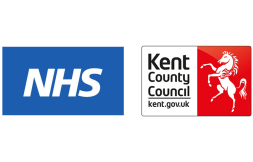Harmonising pharmaceuticals for human use
The International Council for Harmonisation of Technical Requirements for Pharmaceuticals for Human Use (ICH) has been reconfigured to transform it into a truly global initiative with robust and transparent governance mechanisms. The ICH will promote public health through international harmonisation of technical requirements for the authorisation and regulatory oversight of medicinal products. This will help […]
Harmonising pharmaceuticals for human use Read More »
